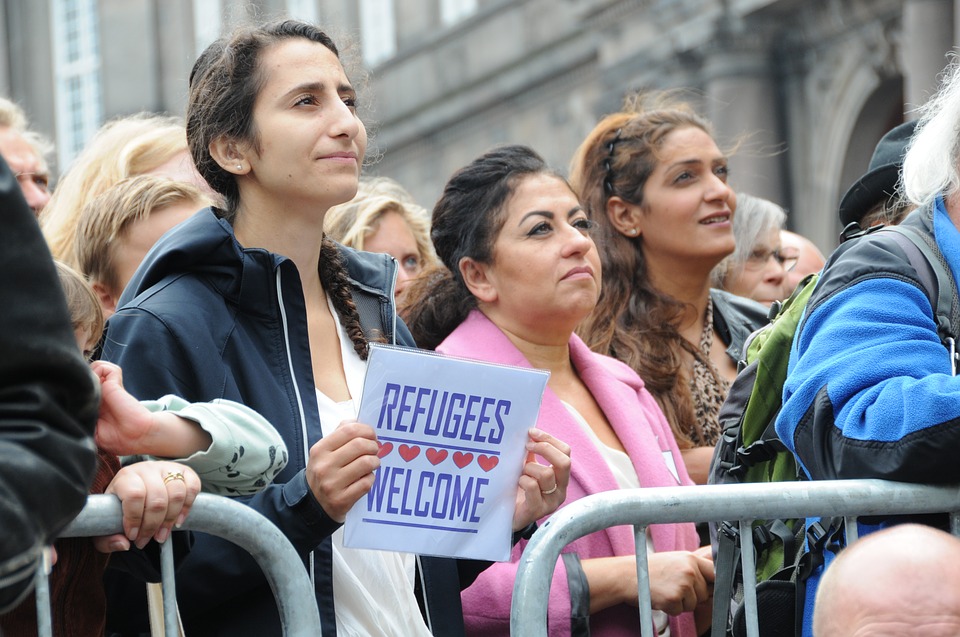
What is the best way for people to become less prejudiced? Shall we just provide opportunities so that we can all meet people from other racial, ethnic, religious groups, with diverging sexual orientations or different abilities, and everything will be fine? Is bringing people together across group boundaries the road to more equal societies?
Literally, thousands of studies were conducted by social psychologists to answer these question. Overall, the results seem to show that, indeed, when we meet people from other social groups, we become less prejudiced towards those groups in general (Hodson & Hewstone, 2012; Pettigrew & Tropp, 2006).
At the same time, we can think of many examples where people interacted with each other on a daily basis across racial, ethnic, or religious group boundaries but the experience did not make them less prejudiced. Think of slavery where slaves and slave-owners sometimes even lived in the same house and spent many hours together every day. How often did slave owners become really less prejudiced towards slaves? Or to look for more recent examples, if we have a domestic worker from another racial or ethnic group, would that make us think that members of that ethnic group are highly intelligent, capable people? Most likely, people would not become less prejudiced from participating in such interactions, because the way they interact with each other is very unequal and constrained by their societal positions.
It is exactly for this reason that Gordon Allport, who formulated the so-called intergroup contact hypothesis (i.e. that meeting people from other social groups would reduce prejudice towards that group), emphasized that such contact experiences could not be separated from their societal context: “[W]e see how important it is to abolish segregation before the optimum conditions of contact and acquaintance can occur. Gandhi … called for the elimination of untouchability as the first point in his program for India (Allport, 1954, p. 489)”.
However, most social psychologists neglected Allport’s warning and offered intergroup contact as a panacea for societal inequality or concentrated their attention on creating equality in the immediate situation where people interacted. Our paper engages with Allport’s warning and revisits the role of societal inequality. More specifically, we (Judit Kende, Karen Phalet, Wim Van den Noorgate, Aycan Kara and Ronald Fischer) asked whether intergroup contact reduces prejudice equally well in societies that value more equal relationships as opposed to societies that favor more hierarchical relationships.
To test this question, we built on the most complete and authoritative dataset of intergroup contact collected by Thomas Pettigrew and Linda Tropp (2006). This dataset comprised of 660 studies of intergroup contact and prejudice in 36 different countries with close to 190,000 participants. We added measures of support for equality or hierarchy at the societal level from other databases. These measures captured how far people value equality or hierarchy in society. Some of the questions asked whether participants value equality and hierarchy among people in general, while other questions pertained to equality and hierarchy among groups. We also measured whether researchers aimed to create equality in the immediate contact situation among the participants.
We found that overall indeed, contact reduced prejudice. However, there were large differences between different societies. In those societies where people valued equality more, when they had more contact with people from other social groups, they indeed became less prejudiced. In contrast, in those countries where people favored hierarchical relations, when they interacted with people from other groups, they did not become much less prejudiced, some effects were very close to zero. We also found that both societal inequality and (in)equality in the immediate contact situation were important. More specifically, the effects of societal inequality and equality in the immediate situation added to each other. So contact was the most effective in reducing prejudice when it took place in a more egalitarian society and the situation was also structured in a way to ensure equality among the participants. In contrast, contact was the least effective in reducing prejudice when it happened in a more hierarchical society and there was no effort to equalize the interaction.
Therefore overall the results confirmed Allport’s original warning and showed that societal inequality hampers the reduction of prejudice. Just bringing people together from different social groups might not be the best way in itself in highly unequal societies, but dismantling structural inequalities and reducing prejudice should go hand in hand.
These findings are described in the article entitled Equality Revisited: A Cultural Meta-Analysis of Intergroup Contact and Prejudice, recently published in the journal Social Psychological and Personality Science.
References:
- Allport, G. W. (1954). The nature of prejudice. Cambridge: Addison-Wesley.
- Hodson, G., & Hewstone, M. (2012). Advances in intergroup contact. (G. Hodson & M. Hewstone, Eds.). New York: Psychology press.
- Pettigrew, T. F., & Tropp, L. R. (2006). A meta-analytic test of intergroup contact theory. Journal of Personality and Social Psychology, 90(5), 751–83. https://my.apa.org/apa/idm/login.seam?ERIGHTS_TARGET=http%3A%2F%2Fdoi.apa.org%2Fgetdoi.cfm%3Fdoi%3D10.1037%2F0022-3514.90.5.751&AUTHENTICATION_REQUIRED=true









